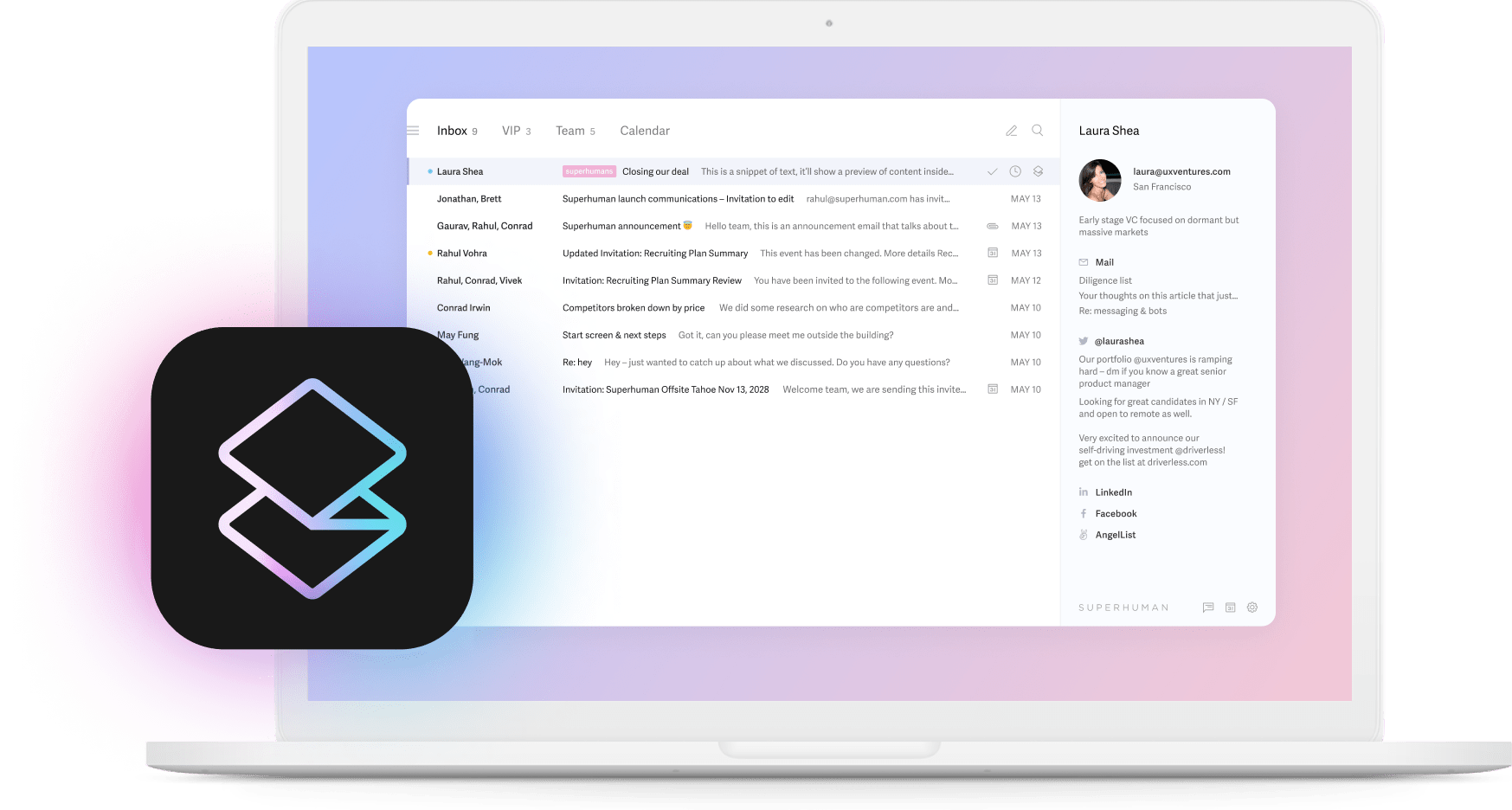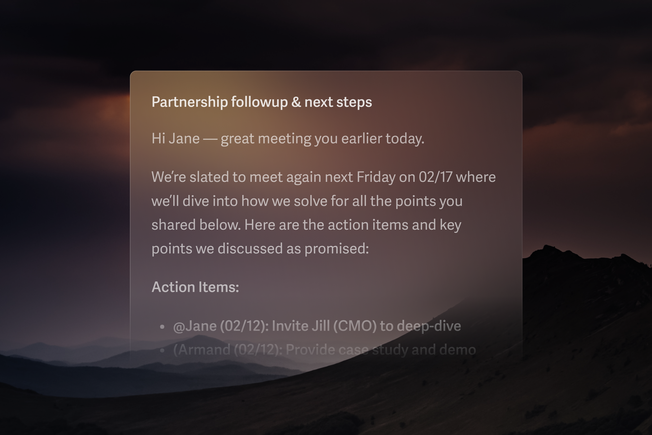
Ask, don't tell.
My grandmother would shush me if she heard that coming out of my mouth. She grew up in a "tell, don't ask" generation where bosses called the shots and employees dutifully assumed their roles and did only what their superiors requested and nothing further.
But presently, a new leadership style has emerged that recognizes the potential, creativity, and innovation of all team members and collaboratively moves the company forward with every person having a stake in the company's success.
We call this horizontal leadership.
What is horizontal leadership?
The concept of leadership has changed. Decades ago, business leaders were military-esque in their style, acting more as commanders while keeping employees isolated from significant company decisions.
This type of hierarchical leadership is called "vertical" because the leader or leadership team acts more autonomously and then delegates to their followers. The top-down chain of command goes from the top (leader) to the bottom (followers) and the flow of information follows the same direction.
While vertical leadership is still very prominent today, organizations are transitioning to a bottom-up horizontal leadership model. Why?
In the digital era, employees have more confidence in their ability to unearth and discover new information without needing to consult the news or wait for the Sunday paper to come out. As a result, they are more empowered than ever before to become leaders themselves — and even before their careers reach those heights, they can offer more to a company than simply following orders. Plus, collaboration is much easier with new ways to connect across organizational and geographical boundaries.
With increased global connections and access to information, the most critical relationships in an organization are no longer vertical boss-employee connections — but the networks, collaborations, and cultures that reach horizontally across corporate silos to form a tight network of creativity and innovation.
In a nutshell, horizontal leadership is more team-focused and involves collaboration and connection. Instead of one leader autonomously engaging in decision-making (or only the C-suite), the team participates and has more "skin in the game". Everyone in the organization plays a role in the company's success, and the culture shifts from siloed to collaborative.
Horizontal vs. vertical leadership
The best way to understand horizontal leadership is to compare it to vertical leadership and assess its unique characteristics. This chart below compares and contrasts characteristics depending on the leadership style.
The benefits of horizontal leadership
Horizontal leadership is more than just a way to approach organizational culture. Leaders are adopting its tenets because it also comes with many benefits.
- Trust and camaraderie: Trust is the cornerstone of horizontal leadership. One can't exist without the other. You must trust your employees when giving them more autonomy. This can feel uncomfortable at first, but trust is a strong force because it means you'll have a team to rally behind you and your organization who feel emotionally connected to your company values (aka they have a stake in the organization's success).
- Strong relationships: The side product of building trust is teamwork and stronger relationships that withstand temporary conflicts and disagreements.
- Passionate, hard-working, driven employees: If your employees have "skin in the game", they will be more passionate about their work. Horizontal leadership invites everyone to revel in the company's success. Followers under vertical leadership work hard to earn a paycheck only. But team members under a horizontal leader work hard to earn not only a paycheck but also achieve personal success and accomplishment. They will feel a part of something greater than themselves, a team all working for a common goal. Employee engagement rises and employees will work harder because they feel accountable for the company's success.
- Enhanced communication and empowerment: Horizontal leadership breeds stronger communication because collaboration is essential to breaking organizational silos and calling on employees to feel empowered to exercise their leadership skills.
- Innovation and creativity: Relying on only the innovation of the C-suite limits the company's potential. Employees are also creative and will have ideas you may not have considered. There's power in numbers. The more creativity, the higher the company's profitability.
- Reciprocity: In horizontal leadership teams, influence and impact flow both ways. The rises (and falls) affect all parties that have a stake in the company's success. While reciprocity can become a problem when conflict arises, the benefits outweigh the potential negatives. Teams that understand the reciprocity that often accompanies horizontal leadership will have more desire to communicate better and withstand temporary setbacks.
How to become a horizontal leader: 2 defining characteristics
How do you become a horizontal leader?
Thankfully, becoming a horizontal leader doesn't demand a dramatic shift. Simply put, you need two things: empathy, and the ability to disseminate information to connect and collaborate with your employees.
Let's look at these two defining characteristics of horizontal leaders, and how they benefit your team and company.
Empathy and trust
Horizontal leadership requires empathy. And empathy requires vulnerability.
Vertical leaders typically don't show empathy and vulnerability because those traits are viewed as weak, and leaders must show "strength".
Sometimes it's easier to give a command and expect a specific result. But great leaders in a horizontal organization understand that empathy requires trusting your employees and becoming worthy of trust, which involves some risk-taking. This can be difficult to do and requires strength and self-trust.
What does empathy look like in the workplace?
Horizontal leaders give their team members a voice and allow them to play an active role in the decision-making processes, so they become stakeholders in the company's success. There is a collaborative atmosphere where all team members feel safe to voice their opinions while respecting the leader and their viewpoints. This reciprocity requires an atmosphere of trust, which the horizontal leader must first initiate.
Collaboration and information sharing
The goal of horizontal leadership is for employees to feel more invested in the company. This requires a collaborative environment where team members have the time and space to share ideas and feel a valuable part of the conversation.
Here are some collaboration and communication tips for horizontal leaders:
- Invite employees to shared conversations and brainstorming meetings.
- Involve the team in fun activities that help the company achieve its goals.
- Exercise transparency and communicate the company's goals to your employees.
- Allow employees to see the company through the eyes of a customer. Share customer data with team members so they become more acquainted with customers' pain points and how your products solve their problems.
- Understand your team's learning styles and adjust accordingly.
How does your company transfer and share information? A collaborative team's software tools should not be siloed but accessible to all team members. Siloed data gives way to communication gaps and missed collaboration opportunities. For example, if your customer data is separate from your marketing data, the two teams will likely never communicate.
Give your team powerful, streamlined tools to collaborate, easily manage and share data, and do their job well. With a tool like Superhuman, teams can work collaboratively, get more focused, and supercharge their productivity — instead of wasting time on chaotic email management.
The leadership hybrid model: uniting horizontal and vertical leadership
Is vertical leadership all that bad? Not necessarily. While organizations are transitioning to a horizontal leadership model, there's still a place for the vertical model. Here's why…
Let's say your team is working on a solution for a new loyalty program, and you're stuck on two outcomes. Someone has to make the final decision and move forward. Teams still need leadership to propel initiatives and keep employees motivated.
In a perfect world, horizontal leadership checks all the boxes and creates a unified, collaborative team. But as we all know, perfection doesn't exist. Sometimes a leader needs to step in and resolve conflicts, provide constructive criticism, and even fire employees if required. This more vertical type of leadership is still valuable to an organization and can coexist within a more horizontally inspired leadership organization.
Introducing seamless team communication and the fastest email experience in the world
The best horizontal leaders empower their teams with the tools that keep employees productive, efficient, and motivated. Superhuman helps teams stay collaborative while working at a fast pace.
With Superhuman, everything you do in your inbox is blazingly fast. Here are some of our users' most loved features:
- Get to Inbox Zero fast with the ability to archive, snooze and manage emails quickly and efficiently. Turn your email into an efficient task management system.
- Split Inbox: Automate email categorization and slash your email review time with an organization that happens while you sleep.
- Snippets: Create custom templates to speed up email replies.
- Use keyboard shortcuts to blaze through email management without touching your mouse.
- And so much more!
Get started with Superhuman today and empower your team with the right tools that inspire, motivate, and boost productivity.




